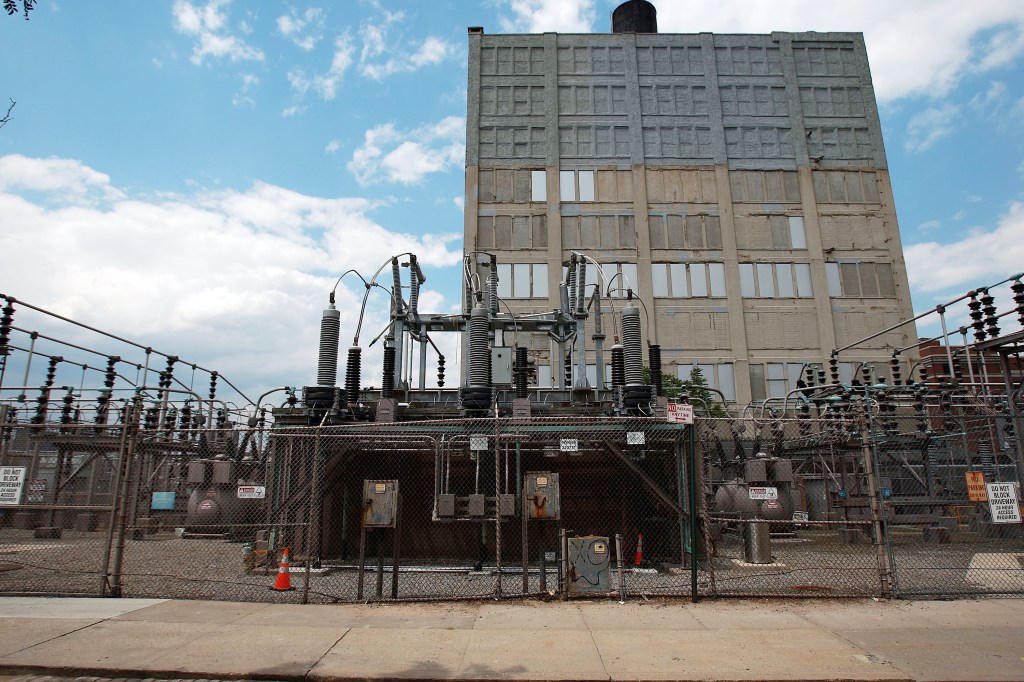Several recent reports show that New York’s Climate Leadership & Community Protection Act is not going as planned, falling short of its goals and raising questions about its long-term viability. These reports underscore that it is time to reconsider the ill-considered net-zero transition plan, and change course before it does irreparable harm to New Yorkers.
The state Public Service Commission’s recently released Clean Energy Standard Biennial Review Report evaluates the progress of renewable energy deployment relative to the Climate Act goals to obtain 70% of all New York’s electricity from renewable sources by 2030. It found that, “there is a renewable energy supply deficit of 42,145 GWh that would have to be addressed through future procurements in order to reach the 70% goal amount of 115,437 GWh.”
This gap is greater than the sum of the operational renewable generation in 2022, imports of renewable energy in that year, and generation from projects operational since then. The report admits that, “the maximum annual new project development rate would likely be in the range of 6,000-7,000 GWh per year at least in the near term,” and goes on to project that the 70% renewable energy goal will not be achieved until 2033.
At around the same time, the state comptroller released an audit of the New York State Energy Research and Development Authority (NYSERDA) and PSC of their implementation efforts for the Climate Act titled Climate Act Goals – Planning, Procurements, and Progress Tracking.
The audit, in what amounts to a damning depiction of poor planning and execution, found: “While PSC and NYSERDA have taken considerable steps to plan for the transition to renewable energy in accordance with the Climate Act and CES, their plans did not comprise all essential components, including assessing risks to meeting goals and projecting costs.” It noted that, “the PSC is using outdated data, and, at times, incorrect calculations, for planning purposes and has not started to address all current and emerging issues that could significantly increase electricity demand and lower projected generation.”
Regarding costs, the audit notes that, “The costs of transitioning to renewable energy are not known, nor have they been reasonably estimated,” and goes on to point out that the sources of funding have not been identified. This is particularly concerning since advocates for energy transition persistently claim that the transformation of how we power the electric grid will yield lower costs for consumers.
In what amounts to a skeptical trifecta, the New York Independent System Operator (NYISO) released in June the latest edition of its Power Trends report. The report, outlining factors that influence New York State’s power grid and wholesale electricity markets, described current and future challenges for the electric system. The report ominously concluded that, “electricity supplies are adequate to meet expected summer demand under normal conditions, but extreme weather and other factors pose reliability risks.”
It went on to point out that declining reliability margins are concerning. The report notes that increases in load are expected due to Climate Act electrification strategies and new energy-intensive projects. Importantly, from the standpoint of NYC and Local Law 97, the mandate to fully electrify thousands of high rise buildings, would dramatically burden the electric grid before replacement sources of energy become available, threatening the health and safety of hundreds of thousands of New York City residents.
The NYISO report also addressed the Climate Act transition schedule, noting that there have been significant delays in renewable energy projects, and planning processes often take time. Realizing that renewables are slow in implementation and often unreliably intermittent in practice, the climate law proposes new technologies, called Dispatchable Emission Free Resources (DEFRs), to fill in the large gap in energy sources.
The glaring problem here? These technologies simply do not exist yet on a commercial scale, and certainly will not be available to fulfill the purpose of substituting for slow to implement renewable energy sources. Taken as a whole these reports, from three official and credible sources, suggest that there will be insurmountable reliability risks for the Climate Act transition.
It is time for a reevaluation. New York Public Service Law §66-p, includes a provision for the PSC to temporarily suspend or modify the obligations of the Climate Act. These three reports indicate that it is incumbent on the PSC to conduct hearings to consider whether the aspirational goals and schedule of the Climate Act can be met affordably and without risking the reliability of New York State’s entire electric system.
Menton is the director of New Yorkers for Affordable Reliable Energy.
